Sister Nivedita
Table of Contents
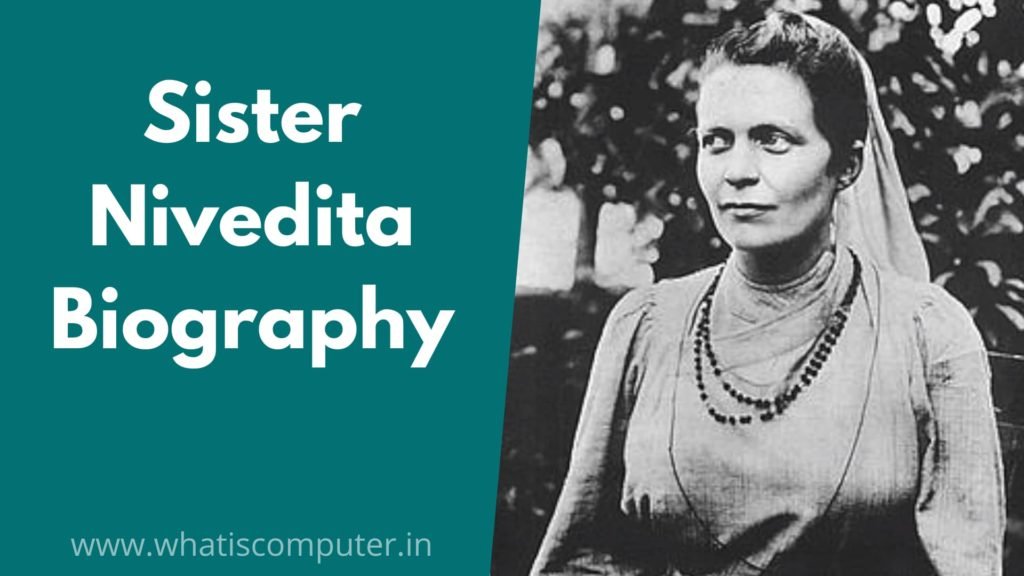
Sister Nivedita Biography
Born: October 28 1867, Dungan Tyrone (Ireland)
Died: October 13 1911, Darjeeling, India
Scope: Teacher, social worker, a staunch supporter of India’s independence

Sister Nivedita was a British-Irish social worker, writer, teacher and disciple of Swami Vivekananda. Her original name was Margaret Elizabeth Noble. He spent some of his childhood and adolescence in Ireland. He learned some invaluable lessons of life from his father and teachers, such as – Human service is the basic service of God.
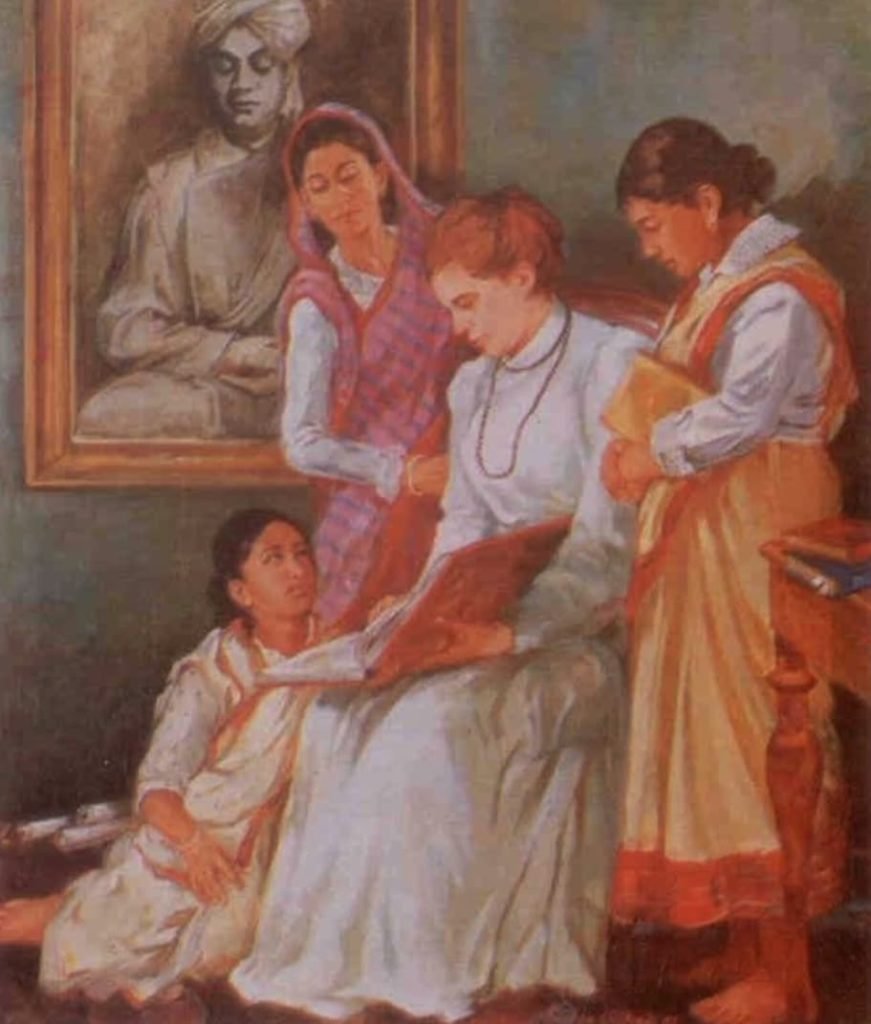
Human love and service was so ingrained in her mind that she left her country and came to India and then stayed here. Due to her service spirit and sacrifice, she is given a lot of respect and esteem in India. Among the foreigners who are proud of the country, the name of Bhagini Nivedita probably comes first.
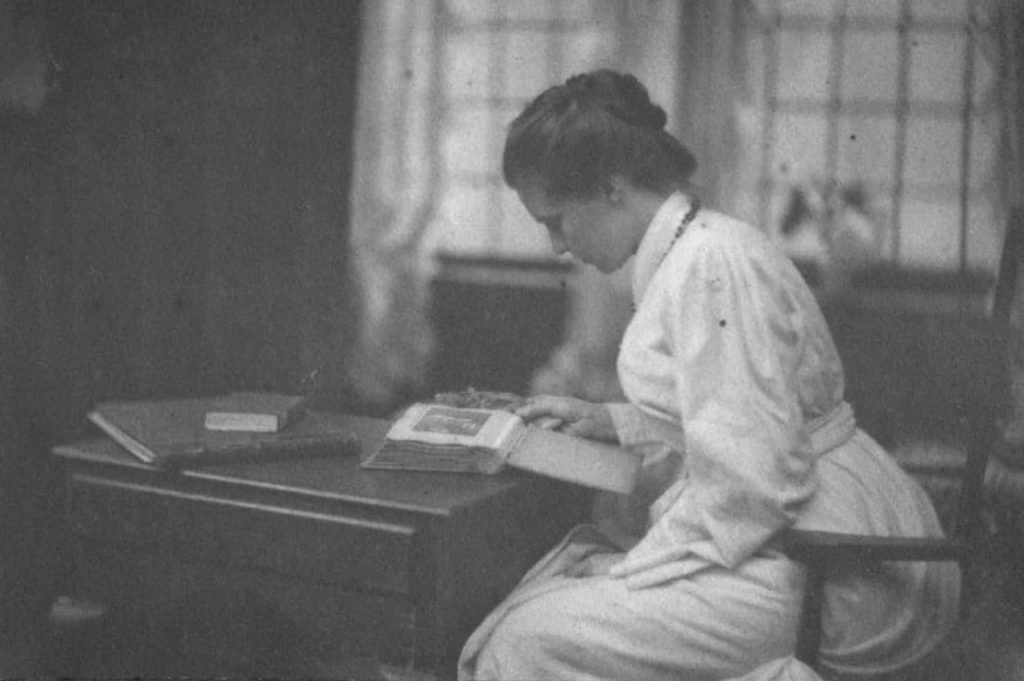
She gave ideological support to India’s independence movement and made significant contributions in the field of women’s education. Sister Nivedita was introduced to Swami Vivekananda in London in 1895, after which she came to Kolkata (India) in 1898. She was so impressed by Swami Vivekananda that she made this great disciple of Ramakrishna Paramahansa her spiritual master and India her karma Bhoomi. It was under the care of Swami Vivekananda that he adopted ‘Brahmacharya’.
Early Life
Margaret Elizabeth Noble was born on October 28 1867, in Dungannon Tyrone, Ireland. His mother’s name was Mary Isabel, and his father’s name was Samuel Richmond Noble. His family was of Scottish descent but had lived in Ireland for the past five centuries. Her father, a priest, gave Margaret a valuable life lesson – human service is true devotion. When Margaret was just a year old, her father moved to Manchester (England) for religious education, and Margaret stayed with her grandmother. When she was four years old, she moved in with her father.
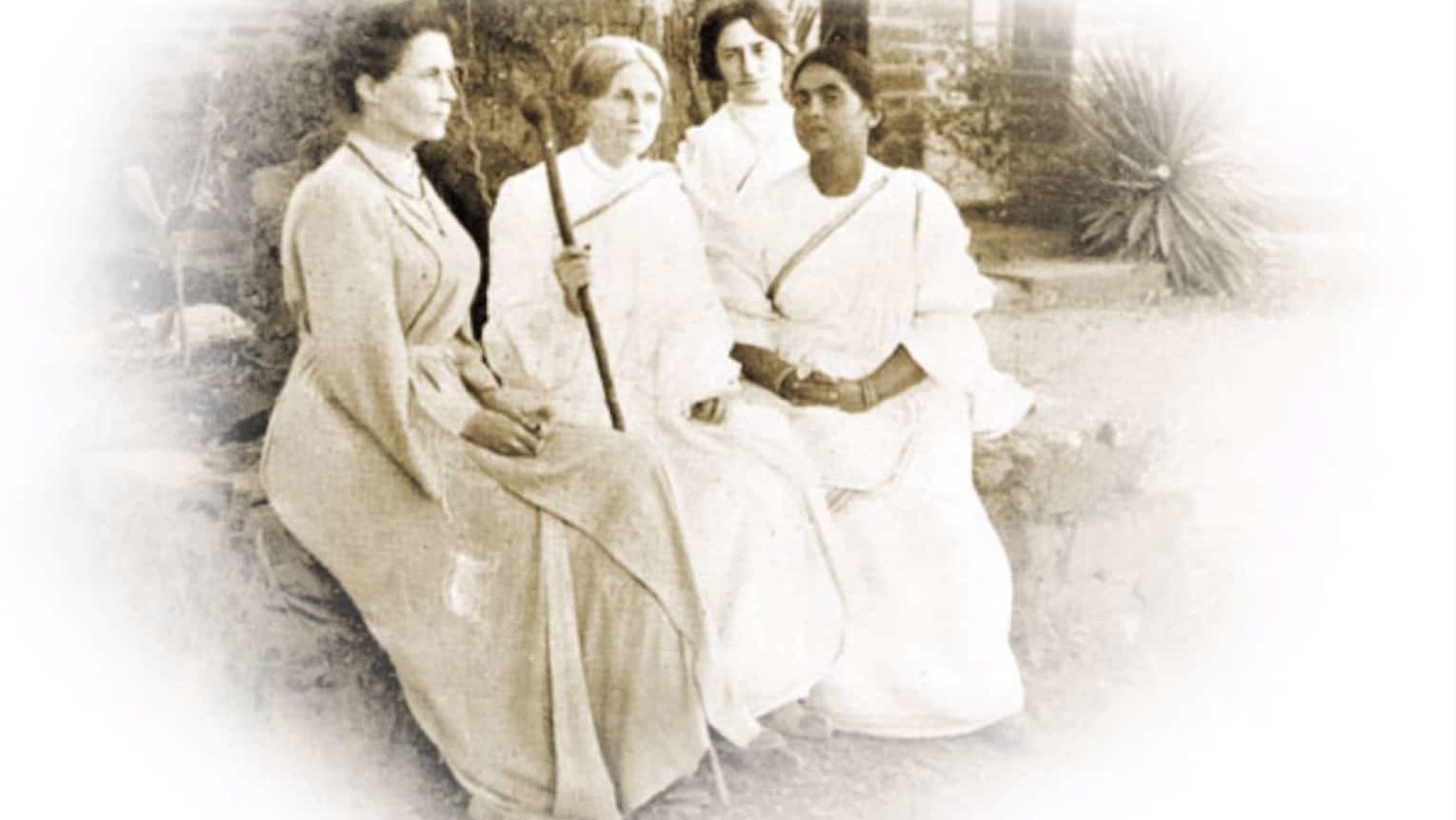
Her father died when Margaret was 10, and she was cared for by her grandmother, Hamilton. Hamilton was one of the top leaders of the Ireland independence movement. Margaret was educated at the Church Boarding School in London. He then studied with his sister at Halifax College, where his headmistress explained the importance of self-sacrifice. He studied subjects like physics, art, music and literature and started teaching at 17. Initially, he worked as a children’s teacher in Keswick, but later, he set up his school at Wimbledon, where he adopted a unique teaching method.
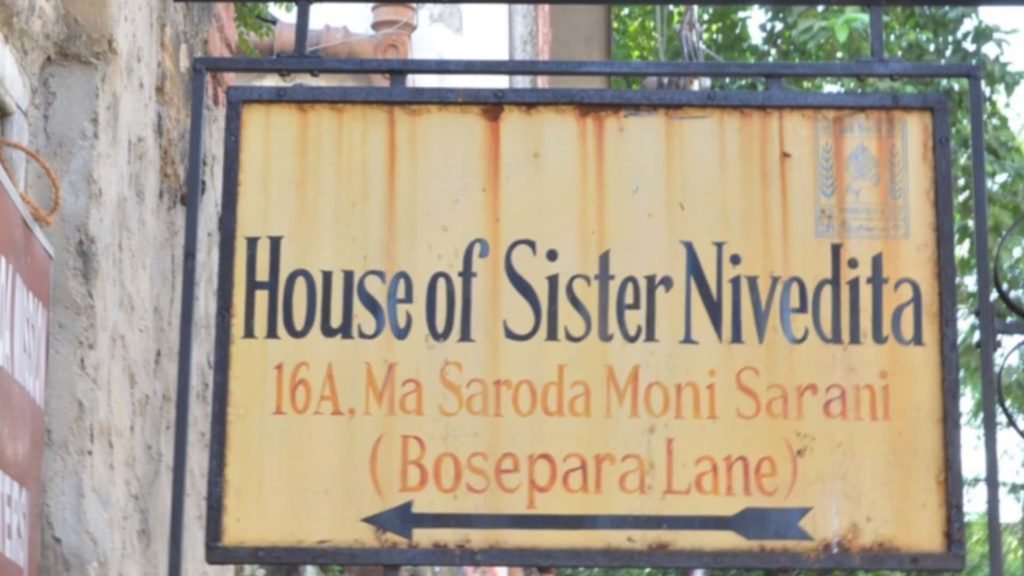
Due to his religious affiliation, he also participated in the functions and activities of the church. She was also an influential writer and, from time to time, wrote in magazines. Gradually, his name began to be counted in the intellectual class of London. Her marriage was arranged with a young man of Welsh origin, and the engagement was also done, but at the same time, that young man died. He was not getting peace from controlled religious life, so he started reading books written on religion.
Meeting with Swami Vivekananda
Margaret Noble met Swami Vivekananda in November 1895 while he was on a 3-month stay in London on his return from America. Margaret met him at the residence of a female friend, explaining ‘Vedanta philosophy’ to the audience. She was very impressed with Vivekananda’s personality and went on to many more of his lectures. During this time, he asked many questions to Swami Vivekananda, the answers to which generated reverence and respect for Vivekananda in his mind.
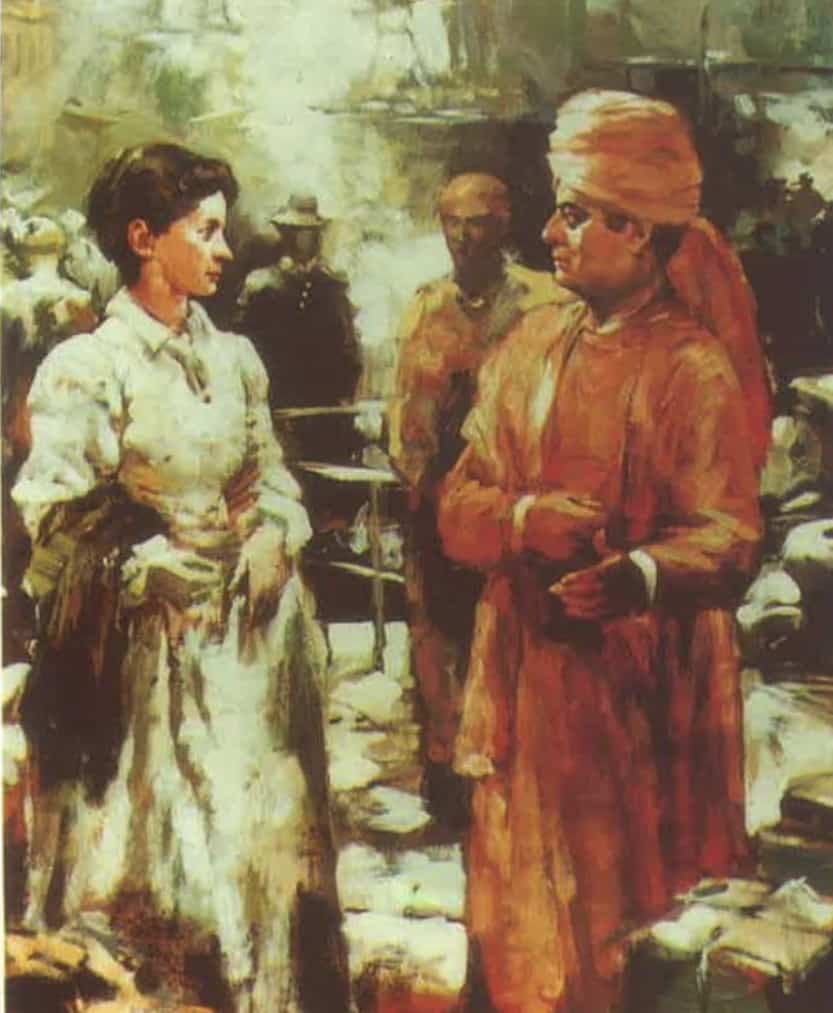
Margaret then studied Gautama Buddha and Vivekananda’s doctrines, which had a significant impact on his life. Seeing the spirit and enthusiasm of service in Margaret, Vivekananda understood that she could play an essential role in the educational upliftment of India.
Arrival in India
At the urging of Swami Vivekananda, Margaret left her family and friends and reached Kolkata on January 28 1898. Initially, Vivekananda introduced him to Indian civilization, culture, philosophy, people, literature and history. On March 11 1898, he introduced Margaret Alva to the people of Kolkata in a meeting. On March 17, he met Ramakrishna Paramahansa’s wife and spiritual companion Sarada Devi, who addressed him as a daughter.
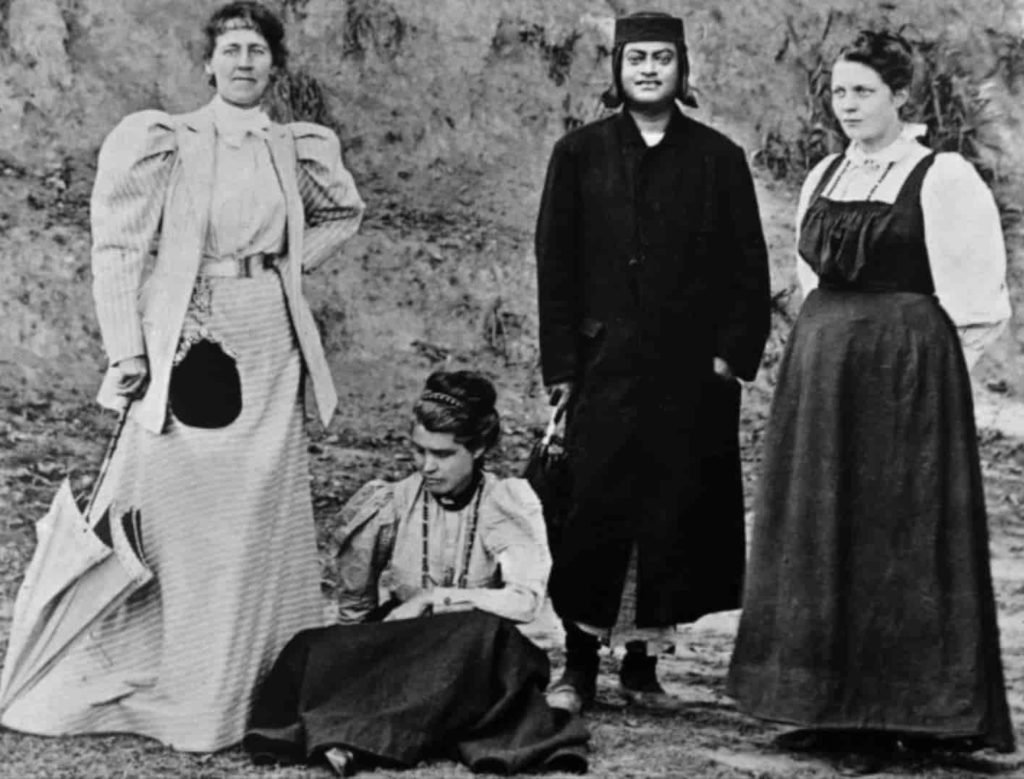
Celibacy
On March 25, 1898, Margaret Noble undertook ‘Brahmacharya’ under the supervision of Swami Vivekananda, after which Vivekananda gave her a new name ‘Nivedita’. Thus Sister Nivedita became the first Western woman to adopt any Indian cult. Sister Nivedita has mentioned her experiences with Vivekananda in her book ‘The Master as I Saw Him. She often called Swami Vivekananda ‘Raja’ and called herself his spiritual daughter.
Meeting and Relationship with Sarada Devi
Within a few weeks of her arrival in India, Sister Nivedita met Ramakrishna Paramahansa’s wife and spiritual companion, Sarada Devi. Sarada Devi called him Khaki in Bengali with great affection. After this, the relationship of mutual love and faith established between the two lasted till the death of Nivedita in 1911. The first photo of Sarada Devi was taken at the house of Sister Nivedita.

Accompanied by Swami Vivekananda, Josephine McLeod and Sara Bull, Bhagni Nivedita toured many parts of India, including Kashmir, and learned about the people, history and culture here. He also visited the US to spread awareness and help in his work. In May 1898, she went on a Himalayan tour with Vivekananda. In Almora, he first learned the art of meditation. After Almora, she went to Kashmir and then to Amarnath. In 1899, she went to America with Swami Vivekananda.
Selfless Service
After receiving initiation from Swami Vivekananda, she became a disciple of Swamiji and engaged in the service of the Ramakrishna Mission. After being fully engaged in social work, she set an example by doing admirable nursing work in Indian settlements during the terrible plague in Calcutta. He established a girl’s school in North Calcutta. He wrote books in English to convey the ancient Hindu ideals to the educated people and propagated them through his lectures.
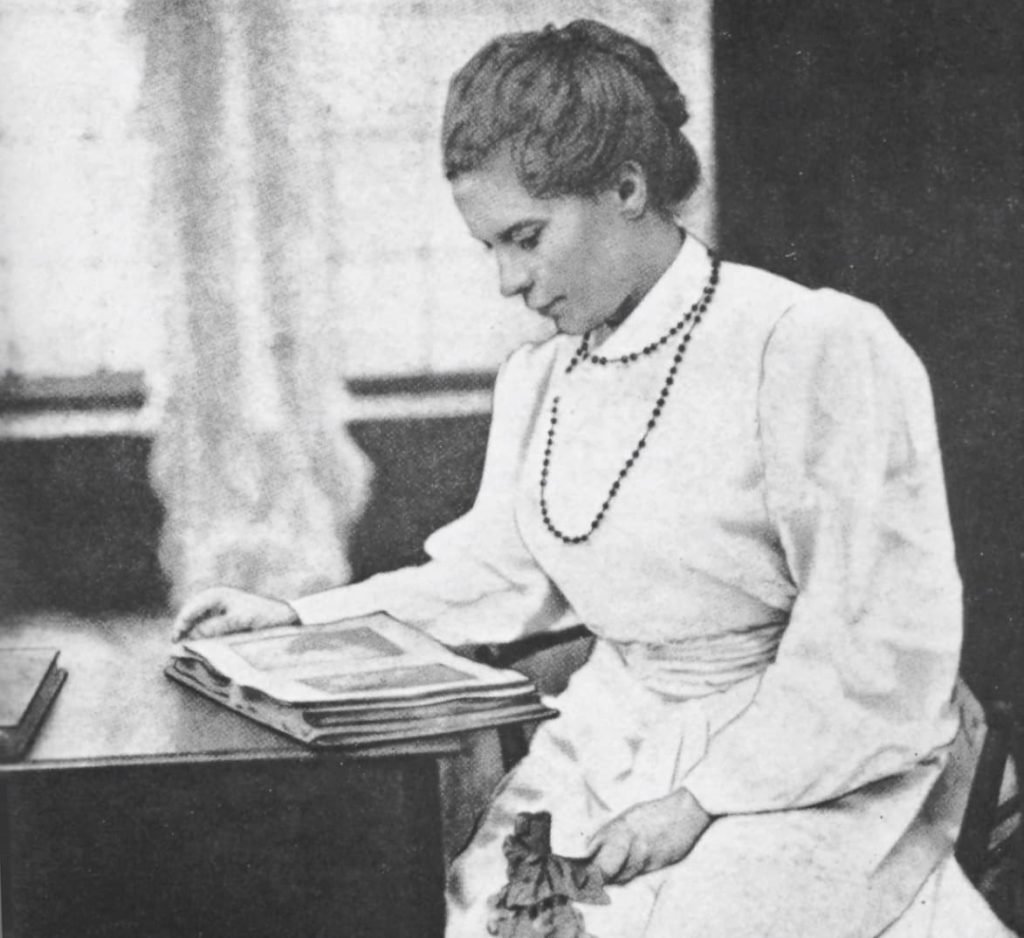
Contribution to Indian Nationalism
Sister Nivedita was a strong supporter of India’s independence and had close ties with nationalists like Arvind Ghosh. Gradually Nivedita’s attention shifted to India’s independence. Vivekananda’s principles and ideals had nothing to do with politics, so he resigned from the Sangh after Vivekananda’s death.
He never directly participated in any national movement, but he inspired the Indian youth through his lectures and articles. In 1905, he participated in the Benaras session of the National Congress.
Death
Sister Nivedita died on October 13 1911, at Roy Villa in Darjeeling. His memorial is located on the way to Victoria Falls (Darjeeling) below the railway station.
ALSO READ: Chaudhary Charan Singh Biography